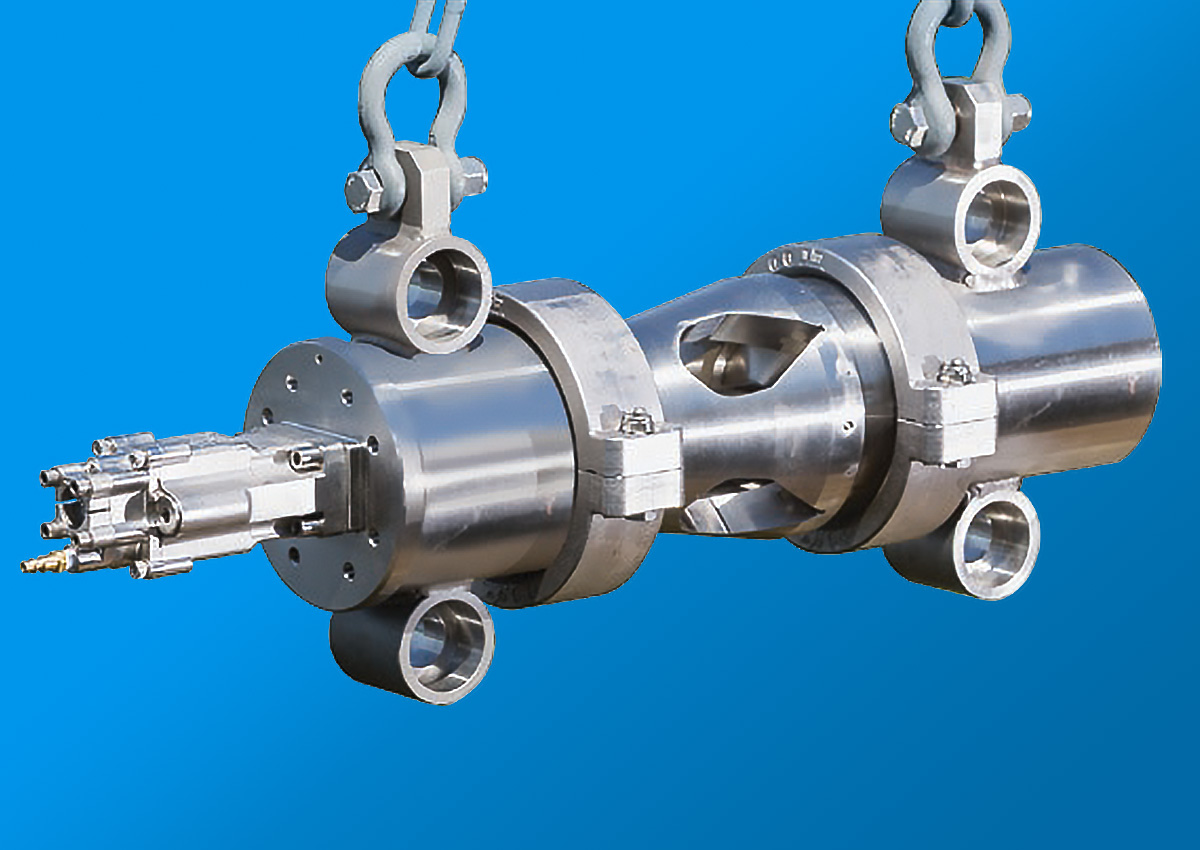
Developing the World’s First Bandwidth-Controlled Seismic Sound Source
Background
Expanding environmental regulations the world over require more sophisticated tools for seismic exploration. As we learn more about marine mammal hearing sensitivities, there is a greater need for an environmentally conscious acoustic energy source for marine seismic exploration. The airgun was chosen as a proven source to be modified to fit the needs of eco- friendly oil and gas exploration.
What were the project challenges?
Modern energy sources used in offshore seismic surveys operate at a level that may be irritating to common marine mammals, such as whales, dolphins, and pinnipeds (seals and sea lions). The challenge was to develop a bandwidth controlled seismic source to minimize sound in the frequencies that which the cetaceans are most sensitive, while still providing the seismic bandwidth adequate for survey operations.
The proposed design required greater than usual attention to engineering detail due to an increase in mechanical control and sophistication. The airgun mechanism is re- designed to exert greater control over acoustic spectral emissions. The design also needed to meet or exceed current reliability expectations. It was also critical that the new design be a drop-in replacement for current sources, using all existing array infrastructure in addition to working with current airgun controllers.
What were the innovative technical solutions available to the project team?
WesternGeco and Teledyne jointly developed the eSource, a bandwidth-controlled seismic source that suppresses frequency content outside the main seismic bandwidth. This reduces exposure levels to marine mammals while still outputting the energy needed for a reliable survey.
Alternate technology solutions include mechanical mufflers to retrofit current airguns and marine vibrator systems designed to emit acoustic energy continuously rather than impulsively. Although such alternative solutions have much merit and benefit to seismic survey, none can achieve the reliability of a purpose- built airgun mechanism.
What was the final engineered technical solution?
The final solution is a mechanical acoustic filter achieved through two complementary technologies. In the first, exit ports which expel air into the water and produce acoustic energy are specially designed using computer fluid models to limit higher frequency content during actuation of the airgun. Secondly, the internal airgun mechanism is designed to apply greater control to the quickly moving valve that releases air through the ports. The design achieves its target of up to 40dB less spectral amplitude above 100Hz, while maintaining the energy below 100Hz necessary for seismic exploration.
What were the benefits of selecting this particular approach/solution compared with the others proposed?
The benefit of this environmentally conscious airgun is the ability to negotiate more lenient treatment with environmental organizations during the permit stages of a seismic survey. This can mean anything from quicker survey completion to lower overhead from a decrease of mandatory alternative mitigation technics for marine life safety. This leads to a potential savings of millions for large surveys and the difference between winning a job and not being competitive.
